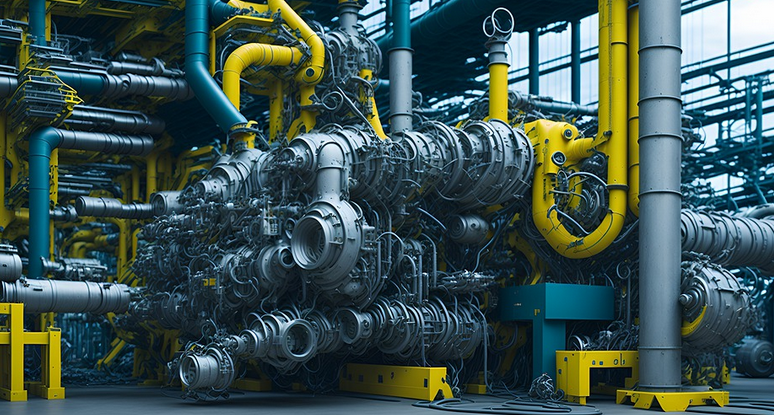The Importance of Proper Welding Wire
Stainless steel is a popular choice for construction, manufacturing, and various other industries due to its inherent corrosion resistance and durability. However, welding stainless steel presents unique challenges compared to using regular carbon steel. The use of the right wire is crucial not just for the weld’s quality but also for longevity and safety reasons.
Choosing a welding wire specifically designed for stainless steel is essential to ensure a successful weld. These wires are formulated with specific alloys and compositions that allow them to handle the high temperatures and corrosive nature of stainless steel.
Understanding Stainless Steel Composition
Stainless steels contain varying percentages of metals like chromium, nickel, molybdenum, and others. The composition significantly affects how these metals react to heat, stress, and corrosion. For instance, 304 stainless steel is the most common type found in everyday applications due to its high resistance against rust and pitting.
Different welding wires are best for specific grades of stainless steel. Here’s a quick overview:
Common Stainless Steel Grades
* **304L:** Very popular, offers excellent corrosion resistance and weldability. Commonly used in kitchens, appliances, and food processing equipment. * **316L:** Even more resistant than 304L to pitting and crevice corrosion, crucial for marine environments and chemical processing industries. * **321 Stainless Steel:** High-temperature applications like gas turbines, reactors, and other industrial processes where high temperatures are a common factor.
Understanding the specific composition of your stainless steel is vital to selecting the correct wire that produces a strong, durable weld.
Choosing the Right Welding Wire
Selecting the right welding wire isn’t just about understanding the metals involved; it also involves considering factors like:
* **Base Metal Type:** Choose a wire specifically designed for your stainless steel grade. * **Welding Process:** Different methods, such as MIG/FCAW or TIG/SMAW, require specific wire types and sizes. * **Wire Diameter:** Larger diameters are typically used in thicker materials due to their lower heat input needed to melt the filler metal. * **Electrode Type:** The electrode will affect the weld shape, size, and penetration depth, which must be considered during planning. * **Filler Metal Content:** Some wires contain a higher percentage of filler metal (the material that melts into the base metal to create the weld) than others, impacting the weld’s strength and appearance.
Advantages of using the Right Wire
Choosing the correct wire for your welding project guarantees several benefits:
* **Improved Weld Quality:** The right wire ensures a proper arc, consistent bead shape, and increased penetration depth, leading to stronger welds that are less prone to cracking or defects. * **Enhanced Corrosion Resistance:** The filler metal in the correct wire has properties that help resist corrosion, increasing the lifespan of your stainless steel structure. * **Safety Considerations:** Using the right wire helps prevent weld spatter and ensures a clean workspace, promoting safety during welding operations, which is crucial for preventing accidents and injuries. * **Cost-Effective Solutions:** Using the right wire can help you avoid costly repairs or rework later on because of improper welds.
Welding Tips for Stainless Steel
Here are some additional tips to keep in mind when working with stainless steel:
* **Proper Gas shielding:** Use high-quality shielding gas, such as argon or helium, to protect the weld from atmospheric contamination and oxygen oxidation, which can negatively impact the weld quality. * **Preheating:** Preheating the base metal before welding helps reduce the risk of cracking and improves the weld’s penetration. * **Electrodes Selection**: Using electrodes with a good coating that is compatible with your stainless steel type will help ensure consistent results.
Welding stainless steel requires precision, attention to detail, and the right tools and techniques. By understanding the intricacies of choosing the right wire, utilizing proper welding procedures, and paying attention to safety considerations, you can achieve reliable and durable welds for a wide range of applications.
